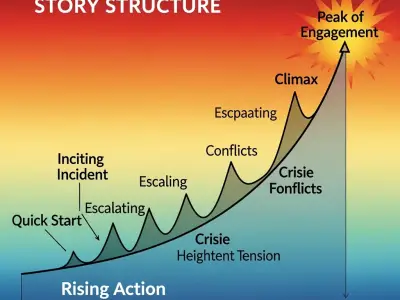Since the dawn of time, humans have been forecasting the weather and long-term climate changes. Often, it’s just to avoid getting caught in the rain on the way home from the supermarket. But, when it comes to extreme weather, knowing what’s headed your way can be a matter of life and death. Meteorology, the study of short-term weather conditions, can tell us a bit more about extreme weather.
Jump to:
What is Extreme Weather?
Extreme weather refers to severe or unusual weather phenomena that are at the farthest edges of the weather spectrum. These events can include intense rainfall, hurricanes, heatwaves, blizzards, and other conditions that significantly deviate from the average weather patterns of an area. But, what is meant by extreme weather? Essentially, it's when the weather goes beyond its usual behaviour, creating situations that can lead to widespread impact on humans, ecosystems, and infrastructure.
Blizzards
Contrary to popular belief, blizzards don’t just happen when it’s snowing. A blizzard is a snowstorm with wind speeds of at least 35mph. The wind whips up snow, sometimes as it’s falling and sometimes once it’s grounded – significantly reducing visibility. Blizzards usually last for longer than three hours, sometimes as long as a week, and span up to thousands of miles – playing havoc with the unprepared and often bringing infrastructure to a standstill.

These titans of cold generally develop on the northwest side of a powerful storm system, with the winds picking up where the high pressure of the storm collides with the low pressure of the area beyond the storm.
Blizzards aren’t just the focus of alpine meteorology, either. As the UK saw in 2018 with the Beast from the East, blizzards can spread across Europe, Russia, America, and China, just as they can occur in Antarctica.
Tornadoes
A mainstay in American extreme weather, tornadoes are both beautiful and dangerous. In short, tornadoes are columns of air – called funnel clouds – spinning in a powerful vortex attached to the base of cumulonimbus or cumulus clouds. With an average spinning speed of 110mph and a diameter of 250 feet, tornadoes have the power to collect debris and cause colossal damage. They can develop much larger spans and faster speeds, however, and even be grouped with a number of tornadoes forming at any one time in large storms, usually as a result of supercells.

A supercell is a thunderstorm that develops with a cold front to contain a mesocyclone; an area between two and six miles of rotating air caused by strong changes in wind speed and direction, as well as a thunderstorm’s updraft. The most severe tornadoes are associated with supercells.
The process of tornado formation is called tornadogenesis.
Waterspouts
Elsewhere, in areas of high humidity, marine meteorology can explain some of the most unusual extreme weather events, such as waterspouts. Waterspouts form over the sea and develop from cumulonimbus or cumulus clouds, creating a funnel of water mist and air.
Spectacle aside, waterspouts can be as large as 330 feet wide and last up to an hour with speeds of 50mph.

While they are not often as powerful as tornadoes, tornadic waterspouts can be destructive due to the formation of large hail and their coinciding with storms, forming from the cloud base downwards as in the formation of traditional tornadoes. They can also form supercells. Fairweather waterspouts are a little different, developing in calm conditions, when a column of wind meets water, and dissipating if they reach land.
Monsoons
When you picture a monsoon, you’ll likely think of the sound, smell and feel of heavy rain falling in tropical regions such as India. However, monsoons actually refer to both dry and wet seasons.
The summer monsoon season lasts from April to September, sometimes bringing mudslides and flooding, and the winter monsoon season takes place during the remaining months of the year, from October to April, sometimes causing drought. The agricultural successes of many regions rely on the delicate balance of rainfall during the monsoon seasons.

Monsoons are just one type of extreme weather that makes tropical meteorology so fascinating. So much more than heavy rain, a monsoon is actually the change of direction in strong winds across a region. Actually a sea breeze, monsoons begin when the ocean is much warmer than the land, creating imbalances and low-pressure systems.
Thunderstorms
Thunderstorms are one of the most exciting common extreme weather cases. Norse mythology would have you believe that they were caused by Thor. Meteorologists will instead tell you that they are brought on by cumulonimbus clouds; the tallest, darkest clouds that reach up to the stratosphere.
These clouds hold hail that travels down the cloud, gathering electrons from smaller ice crystals and water vapour, culminating at the bottom of the cloud with a negative charge. The ice crystals remain at the top of the cloud with a positive charge.

The theory goes that this contrast creates an electric field and, just as the charges build, they must eventually discharge. As you’ll know, opposite charges attract. So the negative charges at the bottom of the cloud discharge by forming an electrical connection between positively charged objects on the ground, such as trees, or the positively charged tops of clouds, such as with intra-cloud lightning flashes. It is believed this is when lightning strikes.
Thunder occurs when the air expands incredibly quickly, compressing and heating to temperatures of 27,000°C around a lightning bolt in an explosive shockwave that creates the thunderclap we hear. Scientists are yet to discover the exact mechanism that triggers lightning – yet another wonder of extreme weather.
Hurricanes and Typhoons
Hurricanes are the name given to storms that reach wind speeds of 74mph in the Atlantic and North East Pacific regions during the hurricane season, which lasts from June to November. The winds of hurricanes don’t usually pose a threat to life, but flooding is extremely likely due to ‘storm surges’, when water is pushed towards shore by sea winds. For this reason, hurricanes often result in evacuation orders being issued, and the severity of these extreme weather events is measured using the Saffir-Simpson Hurricane Scale.
The devastation they leave behind, from flooding to structural damage, underscores the need for effective disaster preparedness and response strategies.

On the other hand, typhoons are hurricane-force cyclones occurring in the North West Pacific. In Australia and the South Pacific, they are named tropical cyclones, while in the Indian Ocean, they are called cyclonic storms.
Cyclones are air masses rotating around a low-pressure centre, which occur when a number of factors combine – a large, warm, still area of ocean, atmospheric instability, high humidity, and low levels of vertical wind shear. The severity of cyclones is categorised on the Beaufort scale.
Heatwaves
Heatwaves represent periods of excessively hot weather, often accompanied by high humidity, which can persist for days or even weeks. These extreme temperature events pose serious health risks, including heat exhaustion and heatstroke, particularly among vulnerable groups such as the elderly, the very young, and those with pre-existing health conditions.
The increasing frequency and intensity of heatwaves around the globe highlight the growing concern over climate change and its influence on our weather patterns.
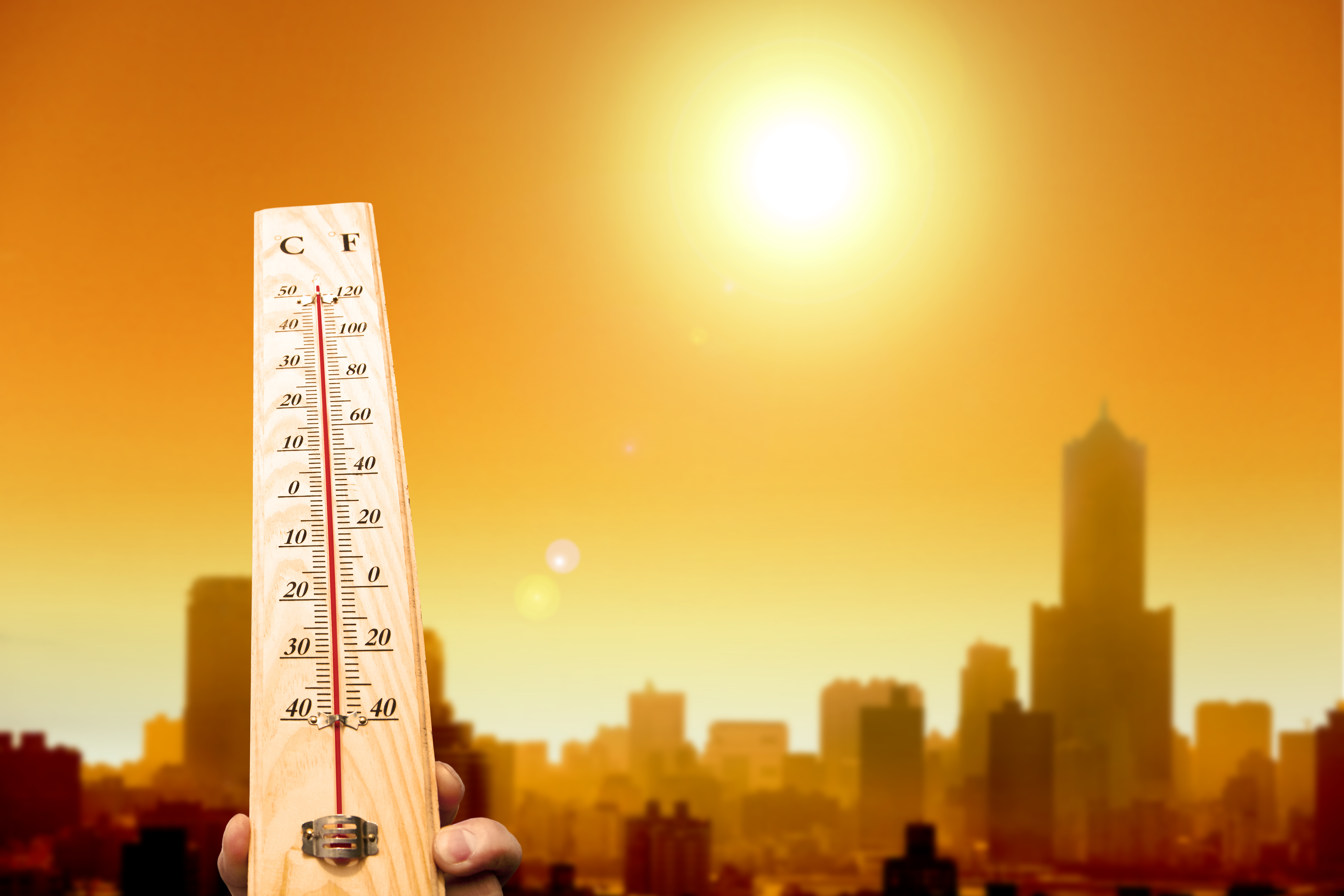
Floods
Floods, resulting from heavy rainfall, storm surges, or the melting of snow and ice, are one of the most common and impactful natural disasters. The inundation of water can cause extensive damage to homes and infrastructure, disrupt economies, and tragically, result in loss of life. The increasing occurrence of floods worldwide is a stark reminder of the changing climate and the urgent need for improved flood management and mitigation measures.
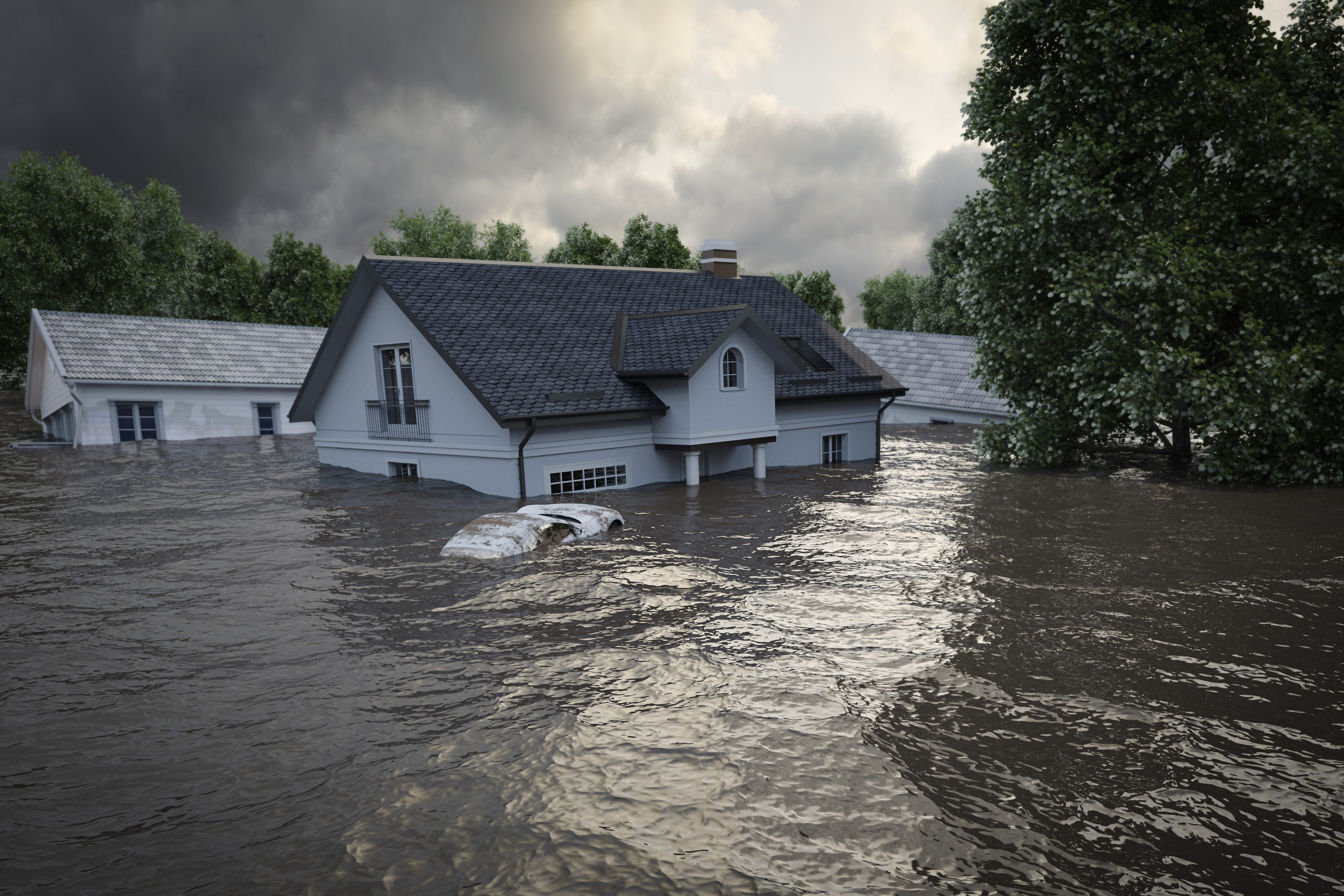
Droughts
Droughts arise from prolonged periods of below-average precipitation, leading to severe water shortages that affect communities, agriculture, and ecosystems. The insidious nature of droughts, often developing slowly over time, can result in widespread agricultural failures, water supply crises, and devastating environmental impacts, highlighting the critical importance of water conservation and sustainable management practices.
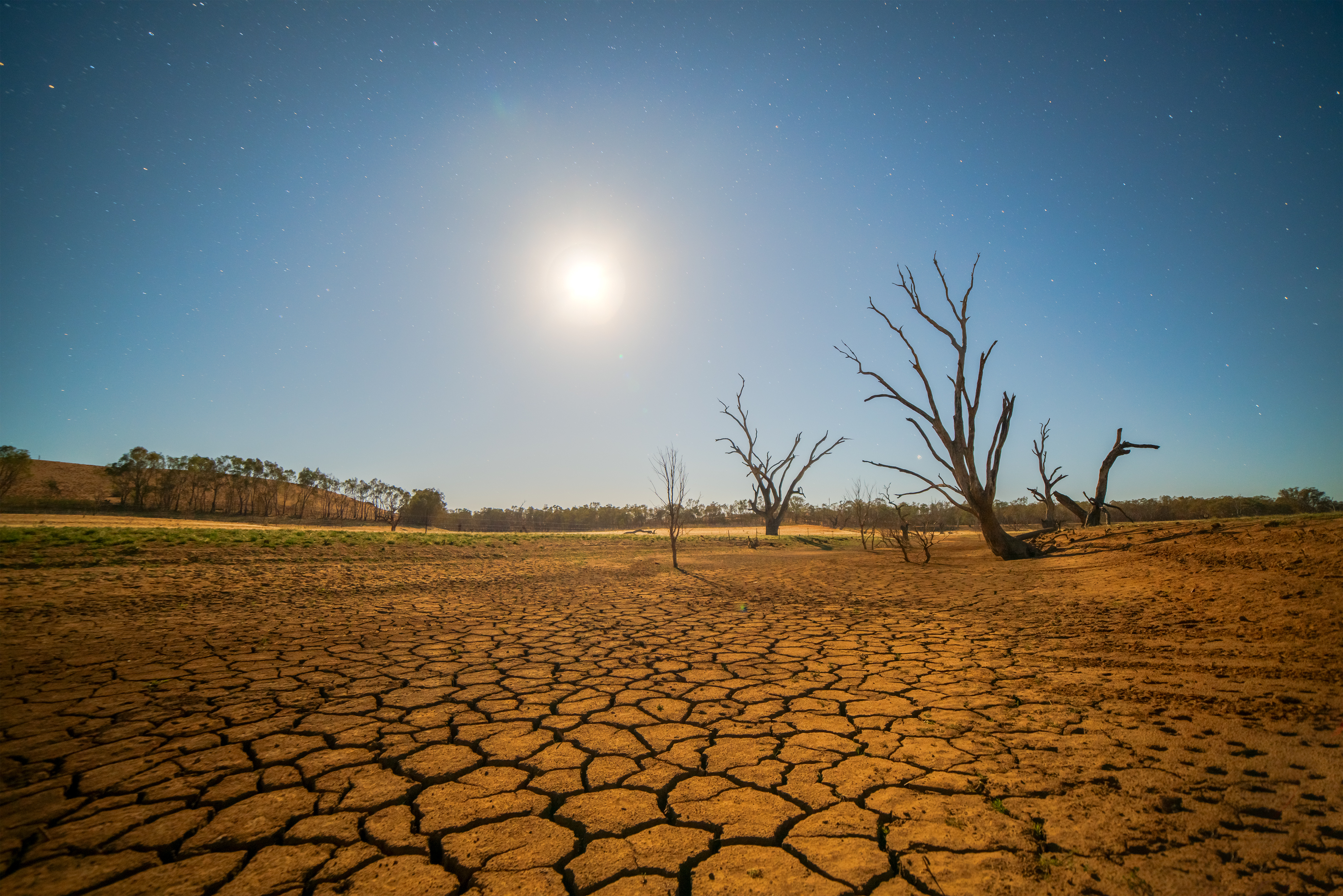
Wildfires
Wildfires, often exacerbated by dry conditions and high temperatures, can rapidly consume vast areas of forest, grassland, and residential zones. These fires not only cause immediate damage to wildlife and human habitats but also contribute to air pollution and long-term ecological imbalance.
The increasing frequency of wildfires in various parts of the world highlights the intricate links between climate change, land management practices, and the need for effective fire prevention and containment strategies.
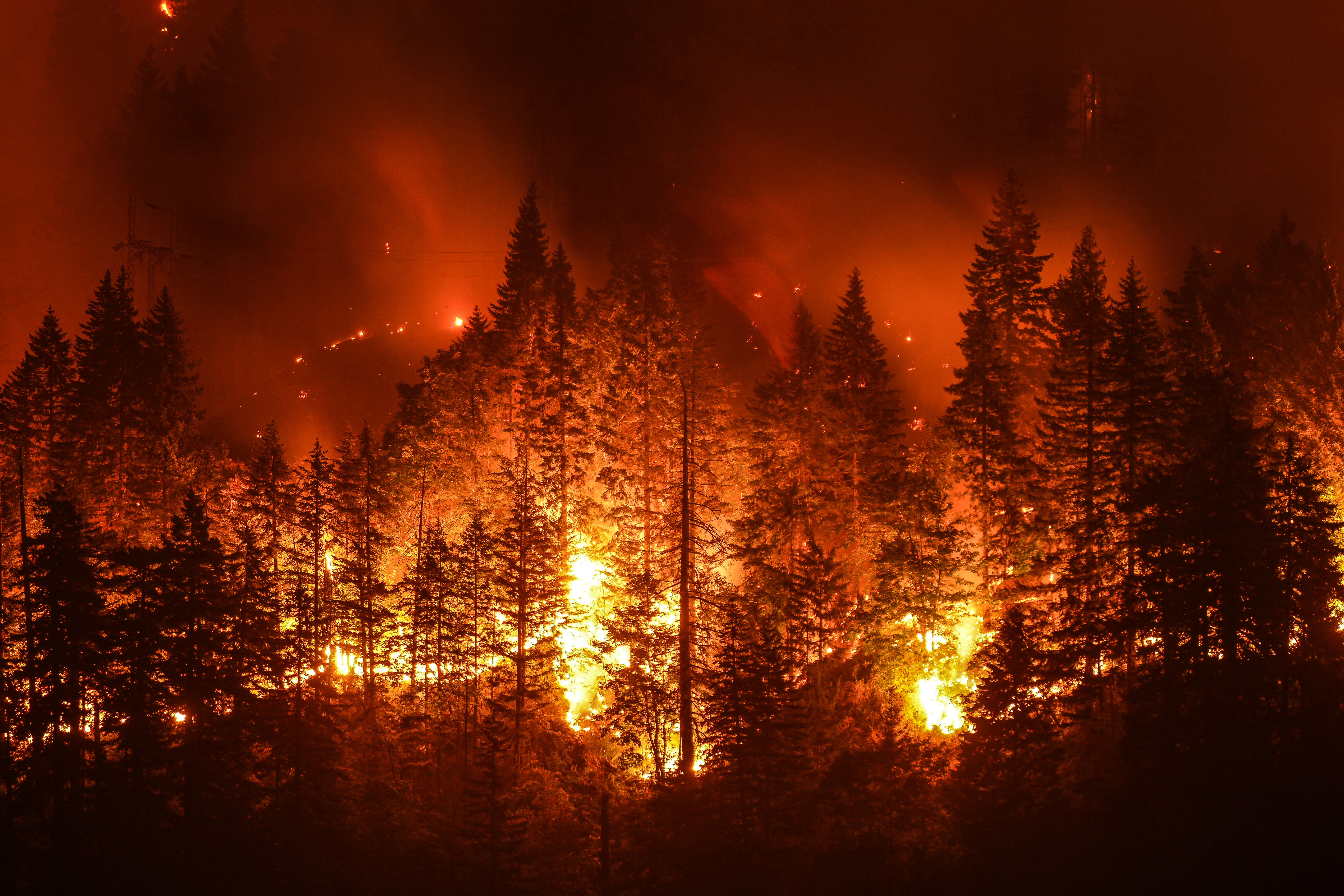
Hailstorms
Hailstorms produce hailstones that can cause significant damage to crops, vehicles, and buildings. These storms, often occurring during severe thunderstorms, highlight the unpredictable nature of weather and the need for timely warnings and protective measures.
The impact of hailstorms on agriculture and property underscores the economic and social challenges posed by such extreme weather events.

Dust and Sandstorms
Dust and sand storms, prevalent in arid and semi-arid regions, can dramatically reduce visibility and air quality, posing health risks and disrupting transportation. These storms carry fine particles over long distances, affecting areas far from their origin.
The management of land and natural resources plays a critical role in mitigating the occurrence and impact of dust and sand storms, emphasising the connection between human activity and environmental health.
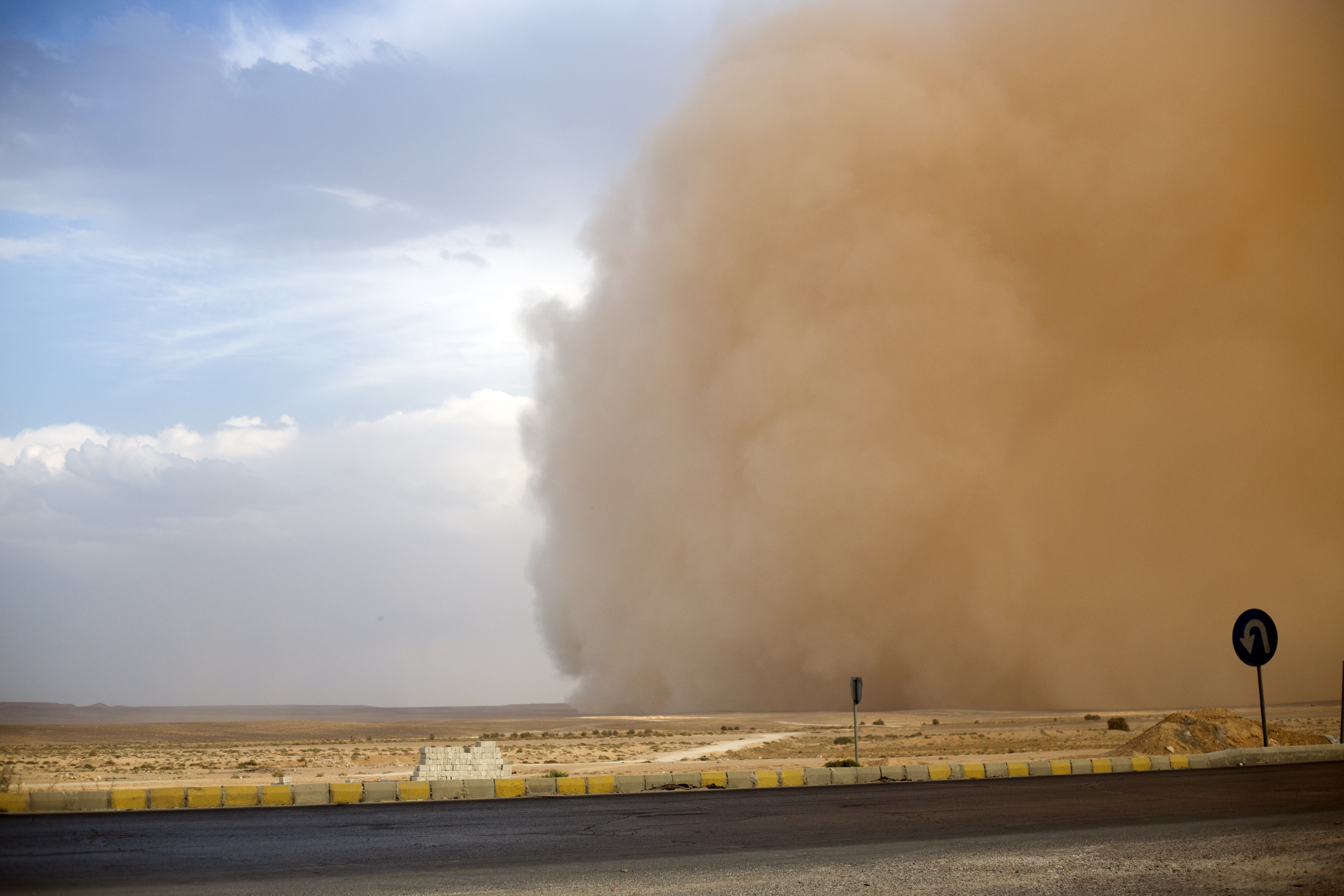
Extreme Cold and Ice Storms
Extreme cold weather and ice storms can have devastating effects on communities, causing power outages, freezing pipes, and making roads impassable. The formation of ice on trees and power lines during such storms can lead to widespread damage and prolonged recovery periods.
Preparing for extreme cold conditions and ice storms is essential for ensuring the safety and well-being of affected populations.
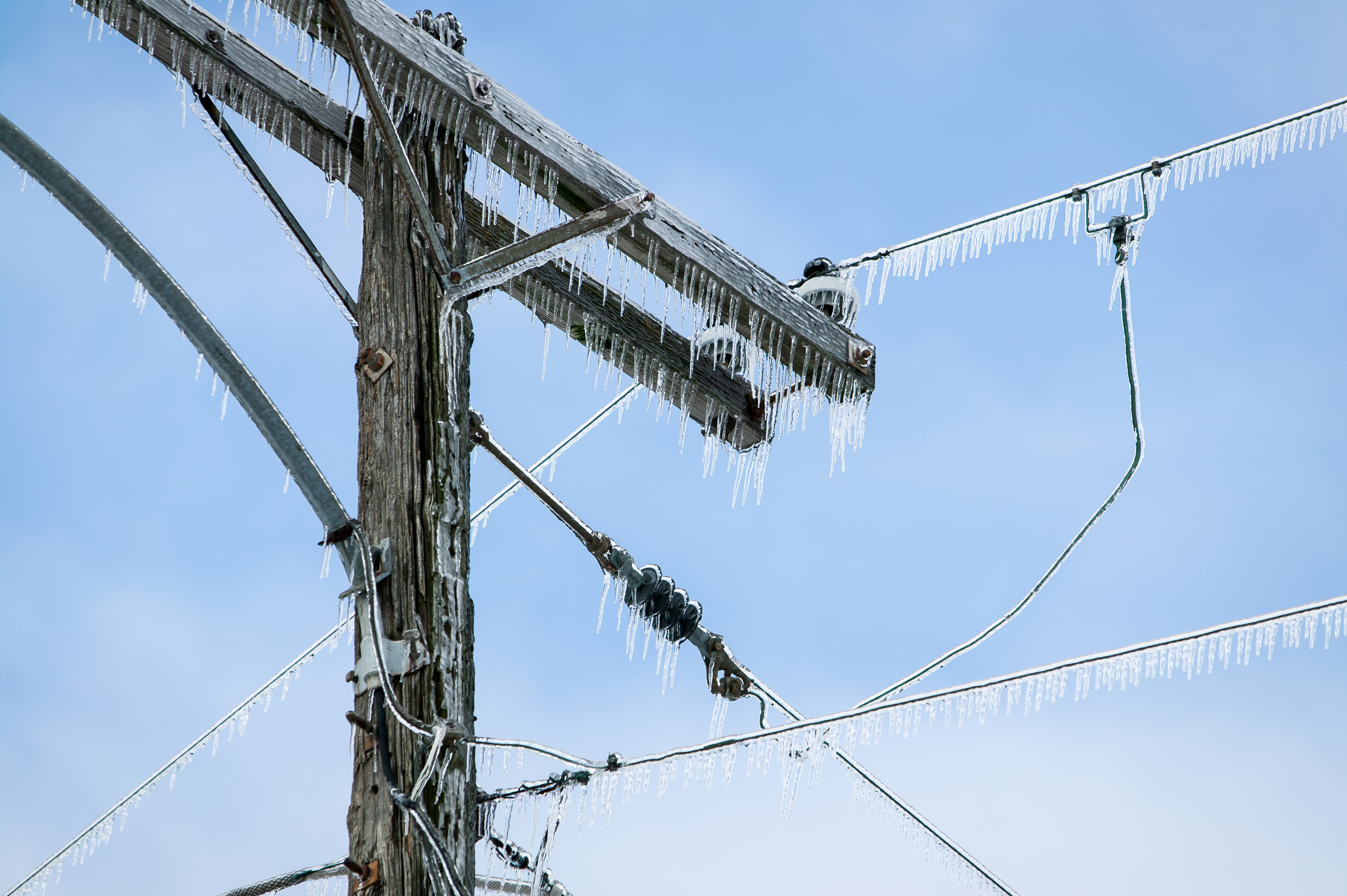
Extreme Weather in the UK
The UK experiences its own range of extreme weather, from severe winter storms to unexpected heatwaves. Recent years have seen an increase in such events, raising questions like "Is UK weather becoming more extreme?" and "What are the most common types of severe weather in the UK?"
From the Beast from the East's heavy snowfall to Storm Ciara's destructive winds, the UK has witnessed a variety of extreme weather phenomena, highlighting the importance of preparedness and understanding of these natural events.
Climate Change and Extreme Weather
The link between climate change and extreme weather is undeniable. Climate change weather patterns are altering the frequency, intensity, and duration of extreme weather events. As the planet warms, we're seeing more extreme climate conditions, leading to an increase in weather disasters. Understanding this relationship is crucial for developing strategies to mitigate the impacts and adapt to a changing world.
Protecting Ourselves and Our Planet
Awareness and education are key to navigating the challenges posed by extreme weather and climate change. By understanding what extreme weather entails and its consequences, communities can better prepare and respond to these events. It's also essential to support efforts aimed at reducing greenhouse gas emissions and enhancing resilience to climate impacts.
While some of the mechanisms of these extreme weather examples remain a mystery to meteorologists, there’s no doubt the study of weather is not only a wonderful way to understand the world in which we live, but also to potentially save livelihoods and lives.
Discover the Intricacies of Weather Patterns with Centre of Excellence
Dive into the dynamics of the atmosphere with our Meteorology Diploma Course, crafted to demystify the complexities of weather and climate change.
Why Choose Centre of Excellence?
- Inclusivity: We believe knowledge should be accessible to all. That's why we've priced our courses to be affordable, ensuring everyone has the opportunity to learn.
- Learn on Your Terms: Our courses are designed to fit into your life. With the flexibility to study at your own pace, you can seamlessly incorporate learning into your busy schedule.
- Diverse Curriculum: Explore the broad spectrum of meteorology, from fundamental principles to advanced concepts in climate change. Our course caters to a wide range of interests and levels of expertise.
- Dedicated Support: Enrolment comes with personalised tutor support and access to a community of like-minded learners. You're never alone on your educational journey.
Special Invitation
We're excited to offer our Meteorology Diploma Course at the special price of £29 for a limited time, providing a substantial saving.

